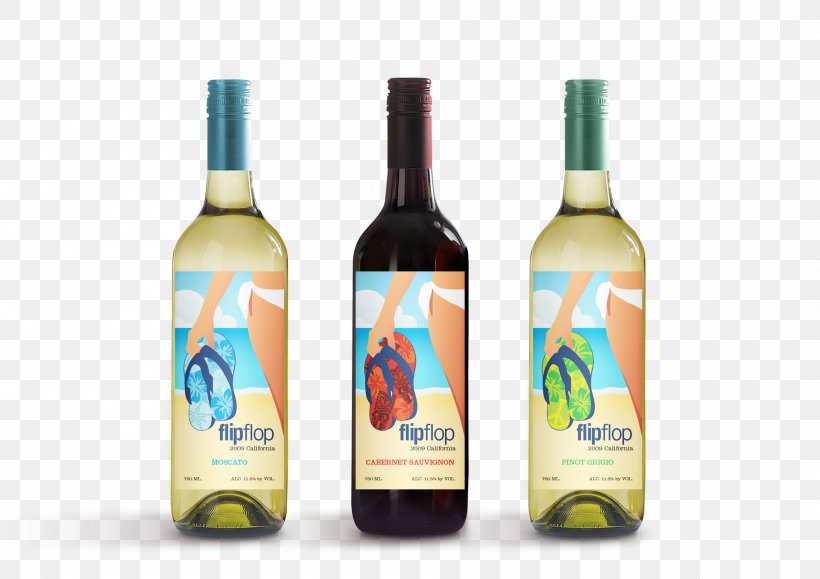Wine label represents your best letter of introduction. In this way, the consumer can find out about the characteristics of the wine he is going to buy.
The label must include information of wine label interest such as the origin of the wine, who produces it, what variety of grape it is made from, alcoholic strength, the capacity of the bottle, etc. We will also find the wine classification, a mandatory information that will indicate the protection under which the wine is governed: Denomination of Origin, Land Wine, Pago Wine, etc.
Next to it we will find the vintage, which informs us of the year of collection of the grape from which the wine was made. This data is one of the most important, since the quality of the grapes varies from season to season, as a result of different conditions such as, for example, the weather.
In addition, knowing the vintage will also allow us to know the age of the wine, which differs from one another by the time it has spent in barrels and bottling. In general lines, we will find young, and gran wines, mainly.
The information that is usually included on the front label contains the following data:

Wine brand.Name of the winery.Name wine label of the packer (if it were not the same as the winemaker).(aging, reserve, young, great reserve)To volume percentage: The alcoholic strength is expressed as a percentage of alcohol in relation to the total volume of the liquid. While it is true that most of the wines have an alcoholic strength that ranges between 11 and 13% vol, there are some milder ones, such as the Italian,which only reaches 6% vol, or stronger, such as fortified wines (port can exceed 20% vol).
Alcohol provides structure, smoothness and wine label sweet flavor. The greater the quantity, the greater the structure, density and power.Type of grapes used in its elaboration. To be able to call a wine varietal, it must be made with 85 percent of the same variety of grapes. Each variety has its characteristics and is reflected in its color, aroma and flavor, which depend on the production area.
Amount of wine it contains in centiliters. Bottle number of the corresponding denomination.The inclusion of the appellation of origin to which it belongs is mandatory wine label (if the wine belongs to a qualified appellation of origin), while data such as the type of grape or the tasting results may not be included. The inclusion of the bottle number is mandatory. The regulatory council of the corresponding appellation of origin issues the labels based on the number of bottles allowed for each winery.
All this is calculated based on the number of hectares of vineyard that each winery owns. The current labels are very diverse and range from the most sober , to those seeking a more attractive design, with bright colors and irregular shapes.
The back label is the one that appears on wine label the back of the bottle, it also contains relevant information about the wine. One of them is the type of grape that gives us information about the variety or varieties of grapes that have been used for its production.
The history of the winery
Next to it, we will find the percentage of alcohol volume , a mandatory data, which will show us the degree of alcohol in relation to the volume of the bottle.
Finally, there are other types of information wine label that are also included in this part of the label, the tasting notes obtained by the wine that we are going to taste, and the pairing proposals, which aim to advise the consumer on how to harmonize the flavor of the dishes according to the wine they are going to enjoy.
